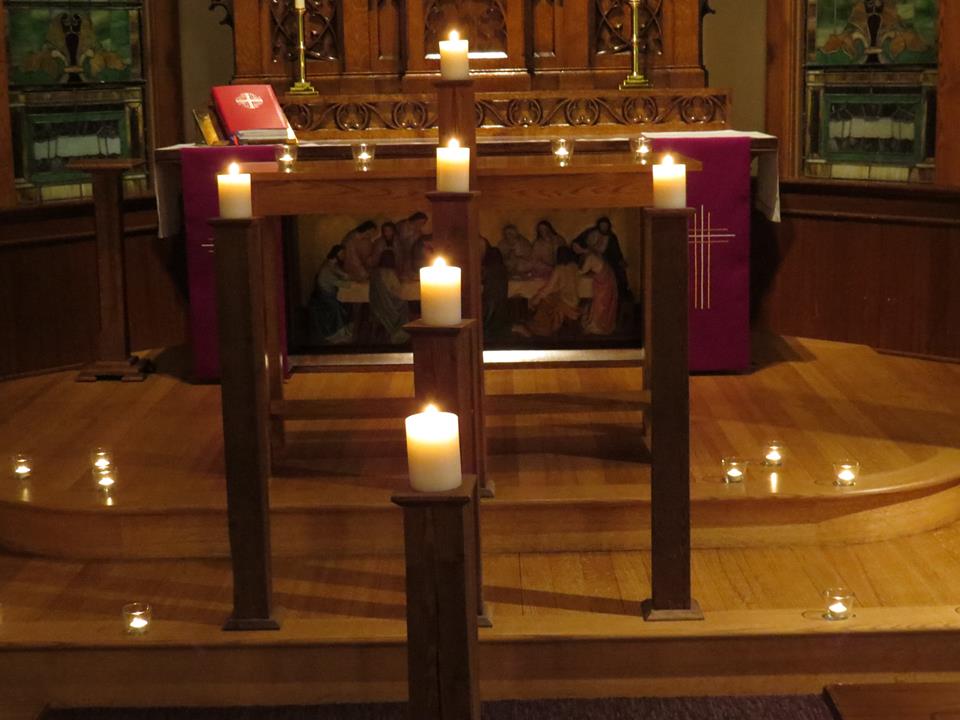I’m happy to report that good church music and thoughtful traditional worship are alive and well in the great state of Wisconsin.
I want to send my appreciation to the good folks of the Madison chapter of the Association of Church Musicians for inviting me to share a meal and conversation with them last Friday. I am delighted and honored by their hospitality toward my wife and I. Here is a brief summation of the points I brought up, influenced by the great discussion we had.
Wisconsin cheese is a good and perfect gift from God.
Worship labels are misleading and unhelpful, including the one in this post’s title. There really is no such thing as traditional worship or contemporary worship, and if that’s what we think we’re doing, we aren’t worshiping as we ought. If we’re engaged in Christian worship, our worship is historical, because we recognize the apostolic train that connects us with our Author and Finisher. Our worship is contemporary, because we’re doing it now, alongside our sisters and brothers around the globe. And our worship looks to the future, and the new heaven and earth.
Liturgy is not one of several worship options. Liturgy IS how the church worships. Call it traditional worship if you must, but really, it’s just “worship.”
Building worship silos, or offering multiple worship options, divide the church unnecessarily.
Contemporary worship borrows more from commercial entertainment sources than it does from Holy Scripture or the liturgy of the church.
Contemporary worship tends to bring growth that is proportionate to its entertainment value, and even then the growth is unstable, volatile, and subject to reversal.
Young people, so-called “millennials,” often find the church’s attempts at commercial entertainment to be lame, cheesy, and derivative. There is a huge portion of the younger generation that has been alienated by church theatrics, and is parched for an alternative. Thus, there is abundant hope for the future of non-commercial worship.
The church must be taught both how to sing, the difference between making music and consuming music, and that church music is a discipline. Not long ago, hymns like “Praise to the Lord, the Almighty” were sung almost everywhere by almost everyone. Today, “Good Good Father” is sung almost everywhere by almost everyone. That should be alarming to anyone who genuinely cares about worship in the church. We can do better.
The great tradition of hymnody has historically incorporated the best from other generations and streams of song into its ranks. Contemporary worship music incorporates hymns here and there, but must remake them into a commercial style.
In trying to make itself relevant to the broader culture, the church has made itself completely irrelevant. Cultural ugliness is never the church’s solution. The liturgy is the great alternative to cultural ugliness.
Attaching pragmatic and practical purposes to worship makes it something other than true worship. Worship is a waste of time. Our culture will see it as foolishness. This shouldn’t surprise or embarrass us.
Contemporary worship culture has made a sacrament out of its music. It says that worship has to invoke the spirit of the greater American culture in order for anyone to get it. Music is the number one tool that churches try to use to usher in a perception of divine connection. For them, and I’m convinced by this, contemporary music becomes a substitute Sacrament. Through their music, they allow themselves to be carried away on an emotional level into a perceived sensory connection with the divine. Music is the bread and wine of the contemporary church. But Jesus couldn’t have been much more clear when he said “This is my body and blood.” That is our connection, not music. Music adds a valuable dimension, but it doesn’t usher us into God’s presence. It’s tempting for musicians to try and be the main draw, but that turns what we do just another form of pseudo-holy entertainment. What Jesus does at bread and wine promises to engage those who have eyes to see and ears to hear.
It’s time for a liturgical revolution!











